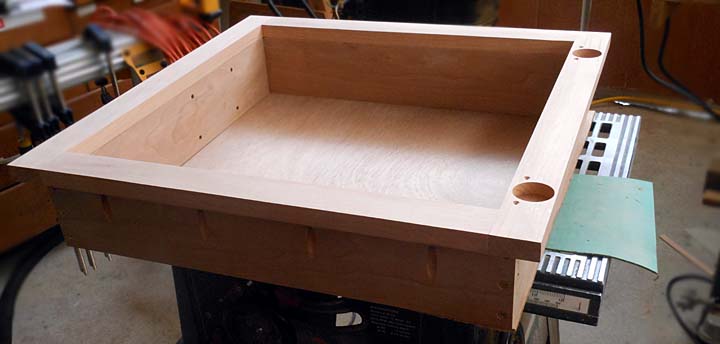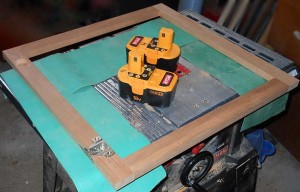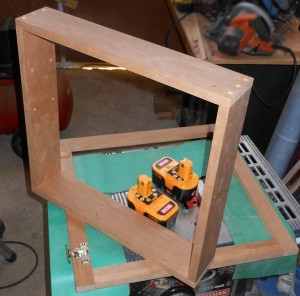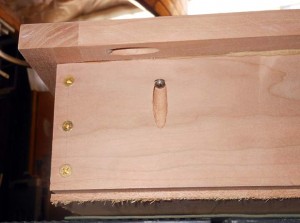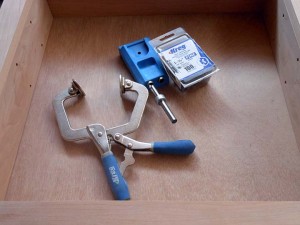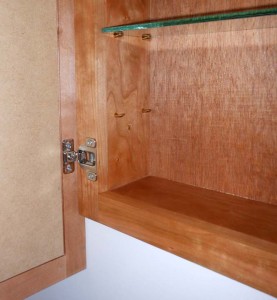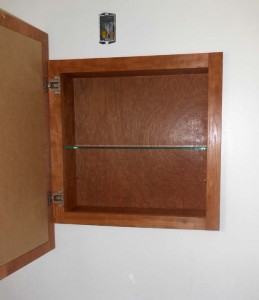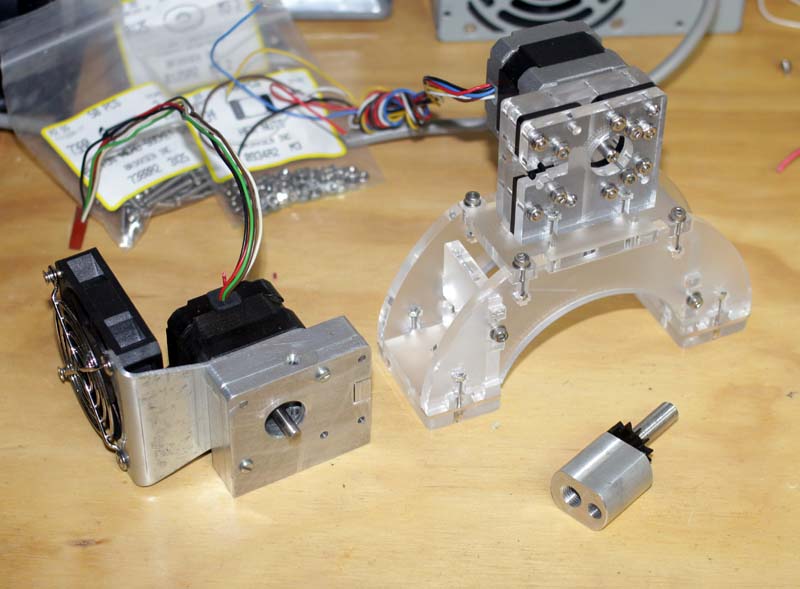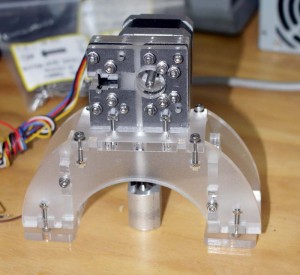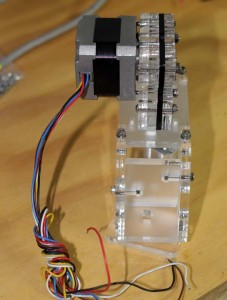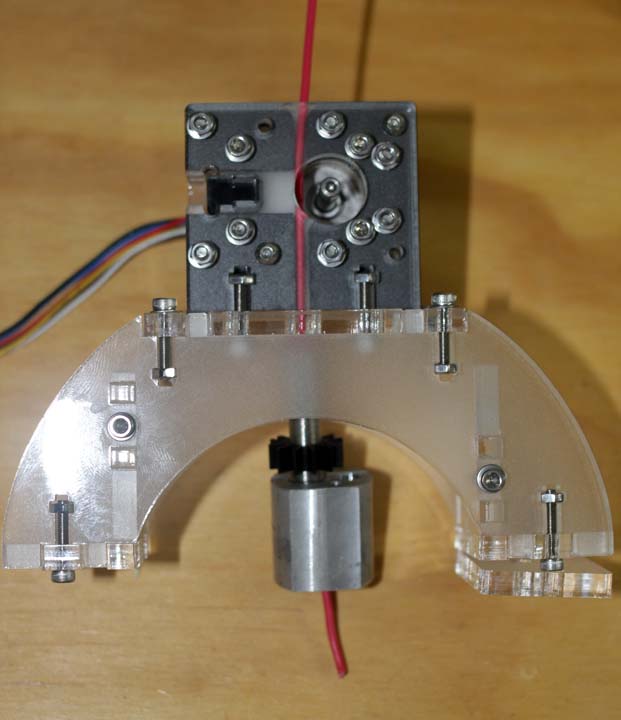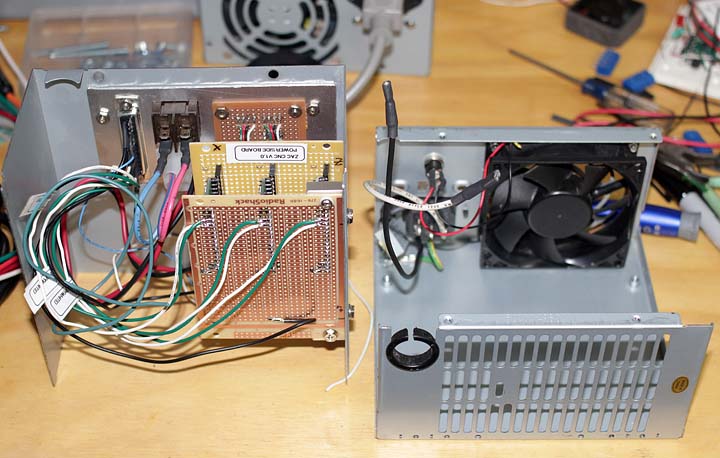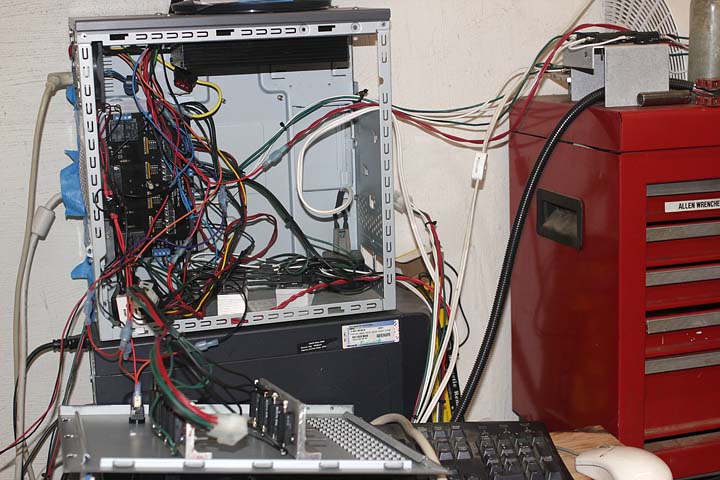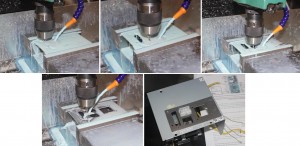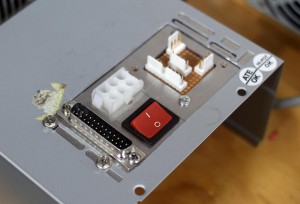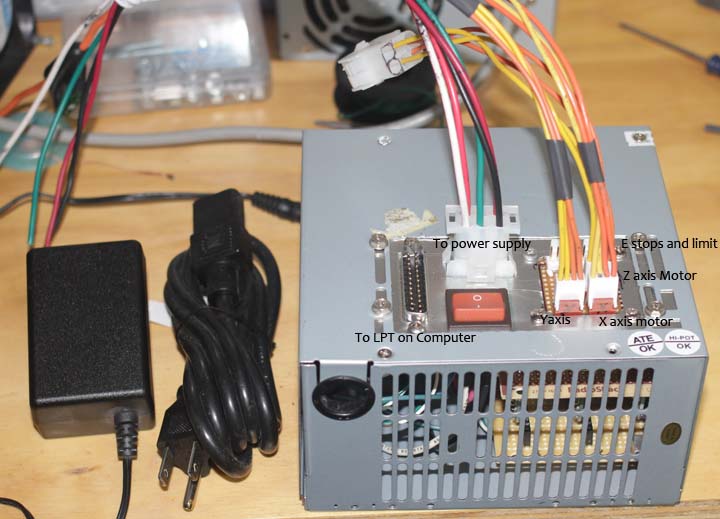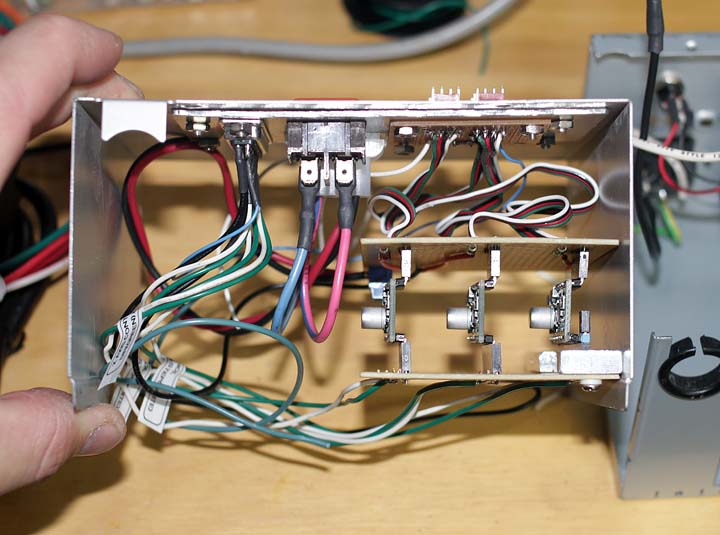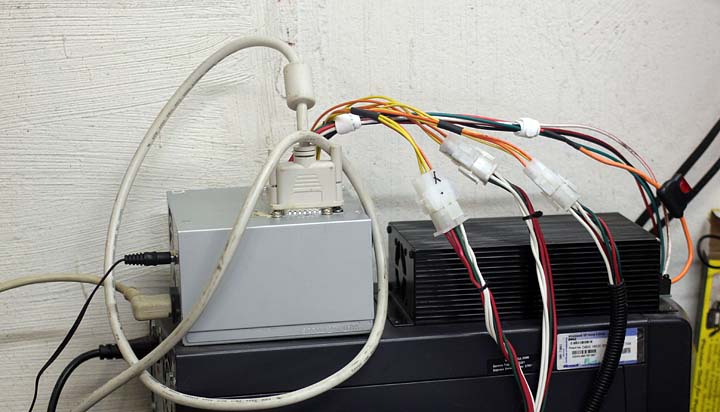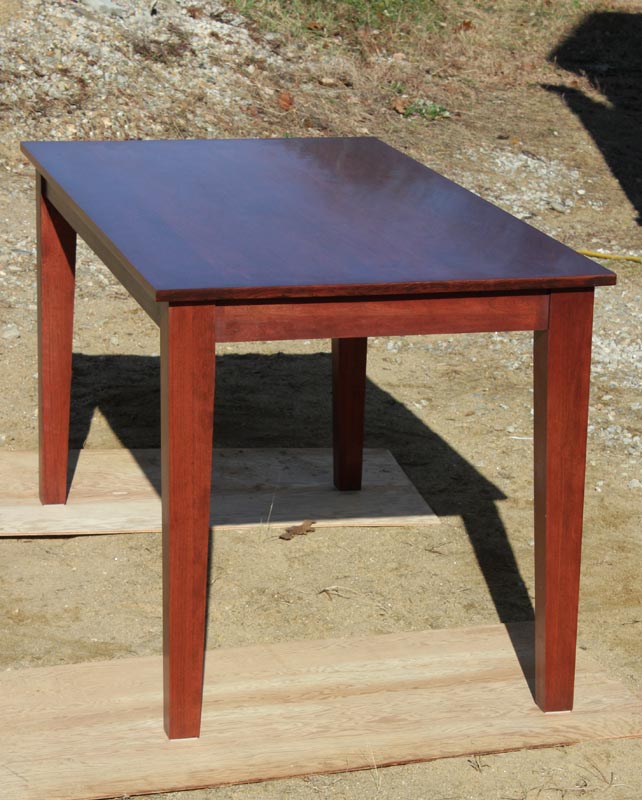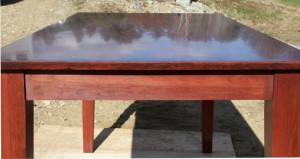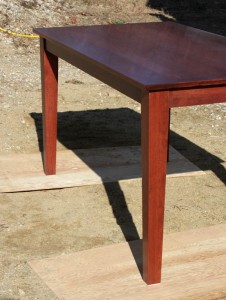Last fall I ended up overhauling two of the bathrooms at the house. Both seemed to fall apart at the same time which is not surprising as they were some 40 years old. One of the bathrooms got a shiny new vanity along with the new floor and other bathroom items. The vanity I selected had no option for a matching medicine cabinet. No store bought cabinet would fit the atypical opening in the wall. Months of staring at a gaping 2’x2′ hole in the wall got old. I decided that the first of the year would be well spent making a new medicine cabinet to fill the ugly hole in the wall. It actually took the 1st and 2nd day of the year to build. I blame that on having only 3.25 hrs sleep on the first due to fun new years celebrations.
I chose basic construction practices for the design. I made the entire project from a single cherry board I milled back in the summer. The tree had been 2 years dead standing prior to my milling it into a board and the wood measured dry enough. I used basic rabbit butt joints on the box with some 1.5″ brass screws I had on hand. I assembled the face frame with pocket hole screws.
Pocket hole screws (above left photo) are one of the best things ever for cabinetry and quick strong construction. I bought my KREG pocket hole jig (above right photo) when they first came into their own while still in high school. Pocket hole screws are put in at a 15 degree angle and quickly clamp and secure wood pieces together. The KREG jig is the greatest of all modern woodworking innovations in my opinion. It allows you to quickly build cabinets, boxes, face frames, etc. I’ve used it to screw in studs and braces in rough construction. I have built many cabinets with it. I even used it when I built my regatta winning boat one summer because of it makes for quick easy joinery. It used to be, one had to go to a woodworking store to buy the pocket hole screws and jigs but they are now sold at Lowes everywhere.
The cabinet came out well. I had to invert the cabinet hinges to make them work with the mirror. The cherry I selected matches the wood on the mirror well enough that you might think they came together. I added shelf pins and bought some 1/4″ plate glass at Granite State Glass in Concord for the middle shelf. I may get a second shelf, and drilled the holes for one. Right now I think I like it with just the one shelf. Granite State Glass is the place to go for any of your project glass or mirror needs in New Hampshire. They are friendly, affordable, and always willing to help me when I’m not certain what grade/thickness I might need.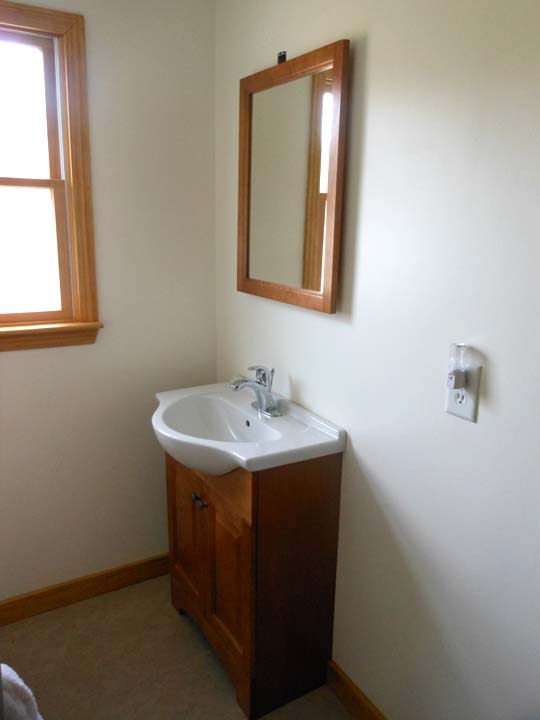
I’m pretty happy with how my cherry medicine cabinet came out and with how well it matched my St Pauls Chelsea vanity/sink. Now all I have to do is come up with or select a light to put over the top of my new cabinet/mirror to complete the bathroom renovations.
